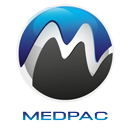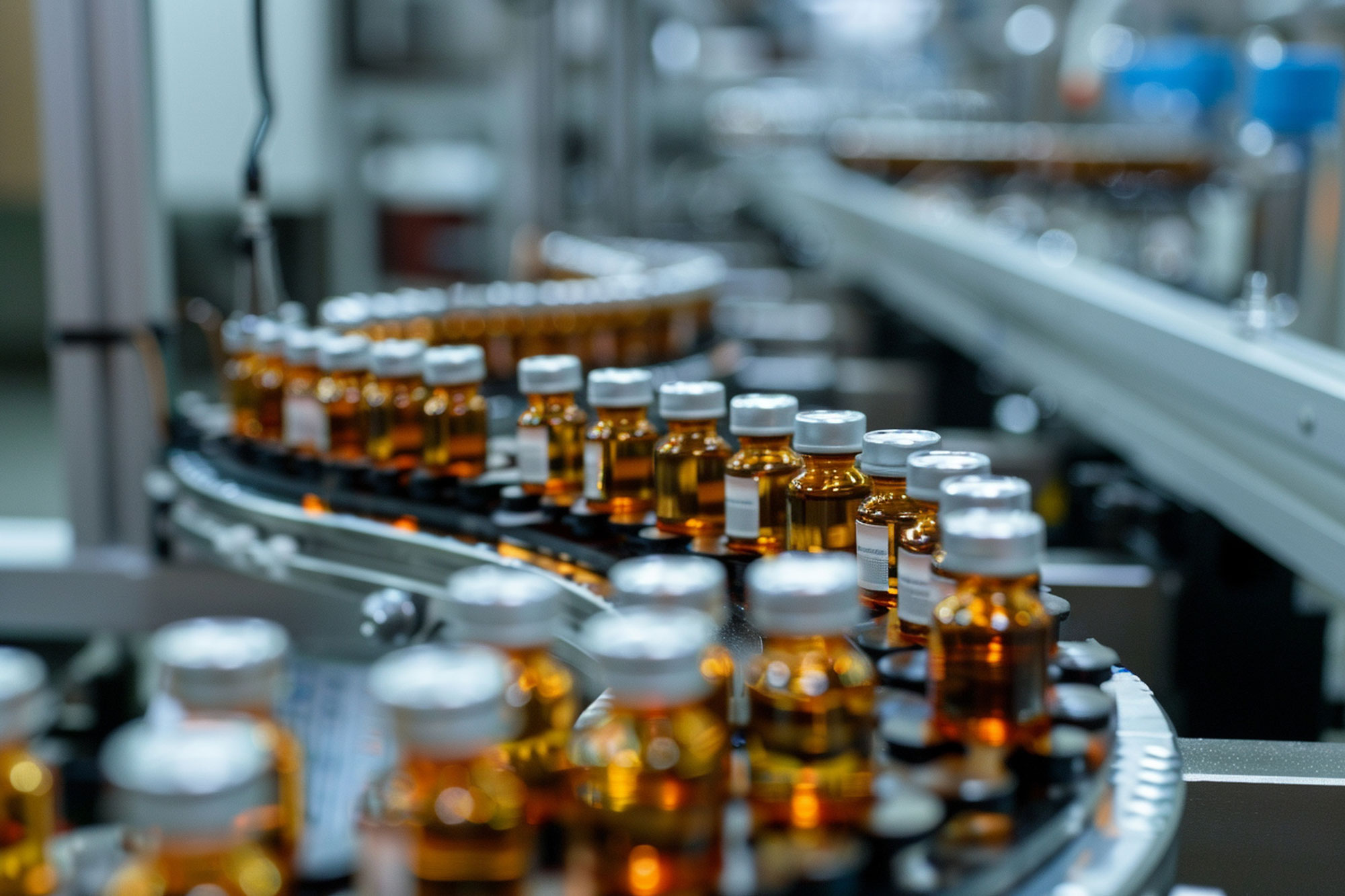Pharmaceutical machinery
refers to the wide range of equipment and devices used in the manufacturing, processing, and packaging of pharmaceutical products. These machines are essential in ensuring efficient, precise, and safe production of medications, from the preparation of raw materials to the final packaging of finished products. Pharmaceutical machinery plays a crucial role in various stages of drug manufacturing, including material handling, blending, granulation, coating, filling, and labeling.
Here’s a breakdown of the major types of pharmaceutical machinery:
1. Mixing and Blending Equipment
Mixing and blending are key processes in pharmaceutical manufacturing where the active pharmaceutical ingredient (API) and excipients (inactive substances) are combined into a uniform mixture. The equipment used includes:
High-Shear Mixers: These machines rapidly mix powders and liquids by applying high levels of mechanical energy, ensuring a consistent blend.
Ribbon Blenders: Used for dry powder blending, ribbon blenders consist of a horizontal trough with helical blades that mix materials through a gentle tumbling action.
Planetary Mixers: Designed for mixing highly viscous materials, often used for making creams, gels, or semi-solid formulations.
2. Granulation Machinery
Granulation involves converting powders into granules to improve the flowability and compressibility of the material for tablet production. Types of granulation equipment include:
Fluid Bed Granulators: In fluid bed granulation, powder particles are suspended and mixed in a stream of hot air, and a binding solution is sprayed, forming granules.
High-Shear Granulators: These machines are used to create granules by mixing powders with a liquid binder in a high-energy environment.
Roller Compactors: For dry granulation, this equipment compresses powders between two rollers to form sheets or ribbons, which are then milled into granules.
3. Tableting Machines (Tablet Press)
Tableting machines compress powdered or granulated material into tablets of uniform size and weight. There are two primary types:
Single-Station Tablet Press: Suitable for small-scale production, this machine uses a single punch to compress the material into tablets.
Rotary Tablet Press: Used in high-volume production, this machine has multiple stations that rotate, allowing continuous compression of tablets at a faster rate.
Features like pressure control, tablet hardness testing, and automated lubrication systems are often incorporated into these machines to maintain product quality.
4. Capsule Filling Machines
Capsule filling machines are used to fill empty hard or soft capsules with powder, granules, or liquid formulations. They come in different types:
Automatic Capsule Filling Machines: Ideal for large-scale production, these machines automatically separate, fill, and close capsules at high speeds.
Semi-Automatic Capsule Fillers: These machines require manual intervention for some steps but are suitable for small to medium-scale production.
Softgel Encapsulation Machines: These machines fill and seal soft gelatin capsules, commonly used for oils or liquid supplements.
5. Coating Machines
Pharmaceutical coating machines are used to apply a protective or functional coating on tablets or pellets. The coating can control drug release, mask unpleasant tastes, or enhance appearance.
Pan Coaters: The traditional method where tablets are placed in a rotating pan, and the coating solution is sprayed onto them.
Fluid Bed Coaters: In this system, tablets or granules are suspended in a stream of air, and a coating solution is sprayed, providing a uniform application.
6. Sterilization Equipment
Sterilization machines ensure that pharmaceutical products, particularly injectables and surgical tools, are free from microbial contamination.
Autoclaves (Steam Sterilizers): Autoclaves use steam under pressure to sterilize instruments and heat-resistant pharmaceutical components.
Ethylene Oxide (EtO) Sterilizers: This low-temperature sterilization method is used for heat-sensitive products, especially medical devices and plastic components.
Hydrogen Peroxide Plasma Sterilizers: Used for sterilizing medical and pharmaceutical devices, these machines use hydrogen peroxide vapor and plasma to destroy microorganisms.
7. Liquid Filling Machines
For liquid medications, including syrups, injectables, and suspensions, liquid filling machines are used to fill containers with precise volumes of liquid. Types include:
Vial Filling Machines: These machines are designed to fill vials with liquid medications, followed by capping or sealing.
Syringe Filling Machines: Specialized for filling pre-filled syringes, these machines ensure accurate dosing and sterility.
Ampoule Filling Machines: Used for filling ampoules, which are small sealed glass containers, often containing injectable drugs.
8. Packaging Machinery
Packaging is the final step in pharmaceutical manufacturing, ensuring the protection and identification of the drug. Common packaging equipment includes:
Blister Packaging Machines: Used to pack tablets or capsules into pre-formed plastic or aluminum blister packs, which are sealed with a film.
Bottle Filling and Capping Machines: These machines fill bottles with liquid or solid medications and apply caps or seals.
Cartoning Machines: These machines package pharmaceutical products into cartons, often along with an instruction leaflet.
9. Labeling Machines
Labeling machines apply labels with critical information (e.g., drug name, batch number, dosage) onto bottles, cartons, or other packaging materials. Modern labeling machines often include:
Automatic Labeling Machines: For high-speed labeling on a production line.
Tamper-Evident Labeling: Machines that apply seals to ensure that the packaging hasn’t been tampered with.
10. Inspection Machines
Inspection machines ensure the quality and integrity of pharmaceutical products by detecting defects, foreign particles, or inconsistencies. Types of inspection machines include:
Tablet Inspection Machines: These devices inspect tablets for shape, size, color, and surface defects.
Vial Inspection Machines: Designed to detect particles or foreign contaminants inside vials or ampoules.
Leak Testing Machines: Used to detect leaks in packaging or sealed containers, ensuring product integrity.
11. Lyophilization (Freeze-Drying) Machines
Lyophilization, or freeze-drying, is a preservation method used for heat-sensitive drugs like vaccines, biologics, and injectables. Lyophilizers remove water from a product by freezing it and then applying a vacuum to sublimate the ice directly into vapor.
12. Powder Filling Machines
Used for filling powder medications into vials, bottles, or pouches, powder filling machines ensure precise dosing and avoid product waste. They are commonly used for antibiotics, protein powders, or dietary supplements.
13. Milling and Pulverizing Machines
These machines are used to reduce the size of particles, making them uniform for further processing. Common types include:
Hammer Mills: Use rotating hammers to grind material into smaller particles.
Jet Mills: Use high-speed jets of air or steam to grind materials, especially for heat-sensitive compounds.
Conclusion
Pharmaceutical machinery plays a crucial role in ensuring the high efficiency, accuracy, and compliance of the drug production process. As technology evolves, machines are becoming more advanced, with automation, robotics, and digitalization increasingly integrated into the production line to improve productivity and quality control. The combination of specialized machinery and stringent regulatory oversight helps ensure that pharmaceutical products meet the required standards of safety and efficacy.


